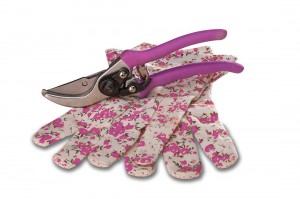In theory lilacs don’t need pruning. But by pruning you will get a fuller shrub with plenty of young and healthy branches.

Tip 6
How should I prune my lilac?
Beautiful
A full bush
THE FOUR POSSIBLE WAYS OF PRUNING:
- Cut withered flower heads off after flowering then no seeds can form and the shrub will put its energy into growing new flower buds.
- During flowering, cut a few branches off to create a wonderful fragrant bouquet or cut back withered shoots directly after flowering. The buds under the cutting point will be activated and start growing shoots. These shoots will have the entire summer to form new flower buds. If you do this with care, you will get a beautiful, full and abundantly flowering shrub. This form of pruning is preferable because no flower buds are lost.
- Topiary in autumn or winter. When pruning in this way keep in mind that lilacs flower in the spring with shoots that were formed the previous year. To make sure that you have abundant flowers you should leave these new shoots on the plant. Remove as much old and dead wood as possible. Then you will get a beautiful, full shrub with plenty of young and healthy wood.
- Prune rigorously in the autumn or winter. Even a very old lilac with thick branches and stem can be sawn down to half a metre above the ground to rejuvenate it in one go. It can take at least two years before the lilac flowers again, but then you will have a completely new shrub which will have larger flower. Be brave. Only apply this type of pruning if there is a lot of dead wood on the shrub or if you want to replant a large old shrub.

What to do with
ROOT SUCKERS
Lilacs from Parfum de Nature are grafted on specially selected root stock. This root stock provides a healthy root system and gives almost no root suckers. Root suckers are ground shoots which grow out of the root stock. You will recognise them by the leaves which are clearly different to the leaves on the grafted type. If a root sucker does develop from the root stick then you can best remove it by tearing it off or cutting it back as close to its base as possible.



